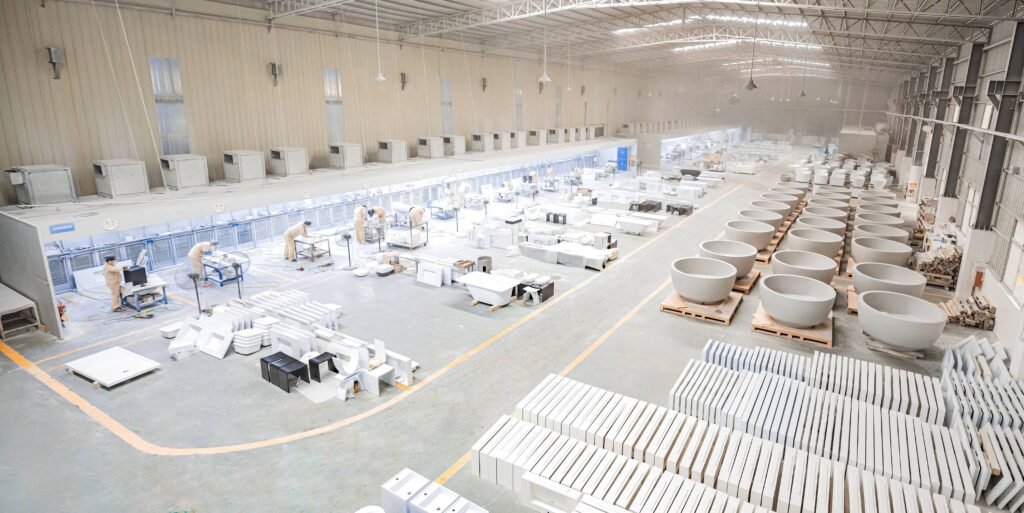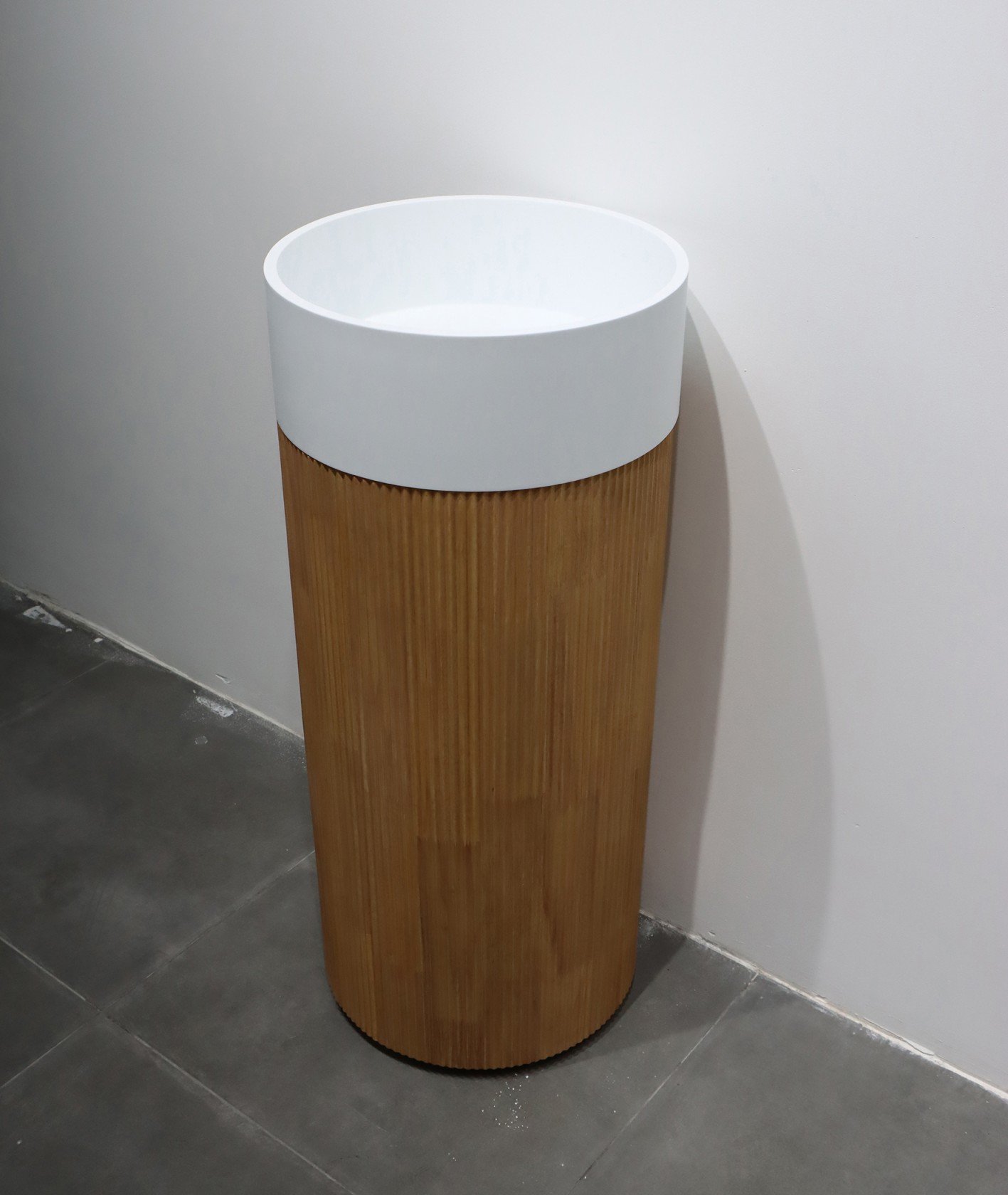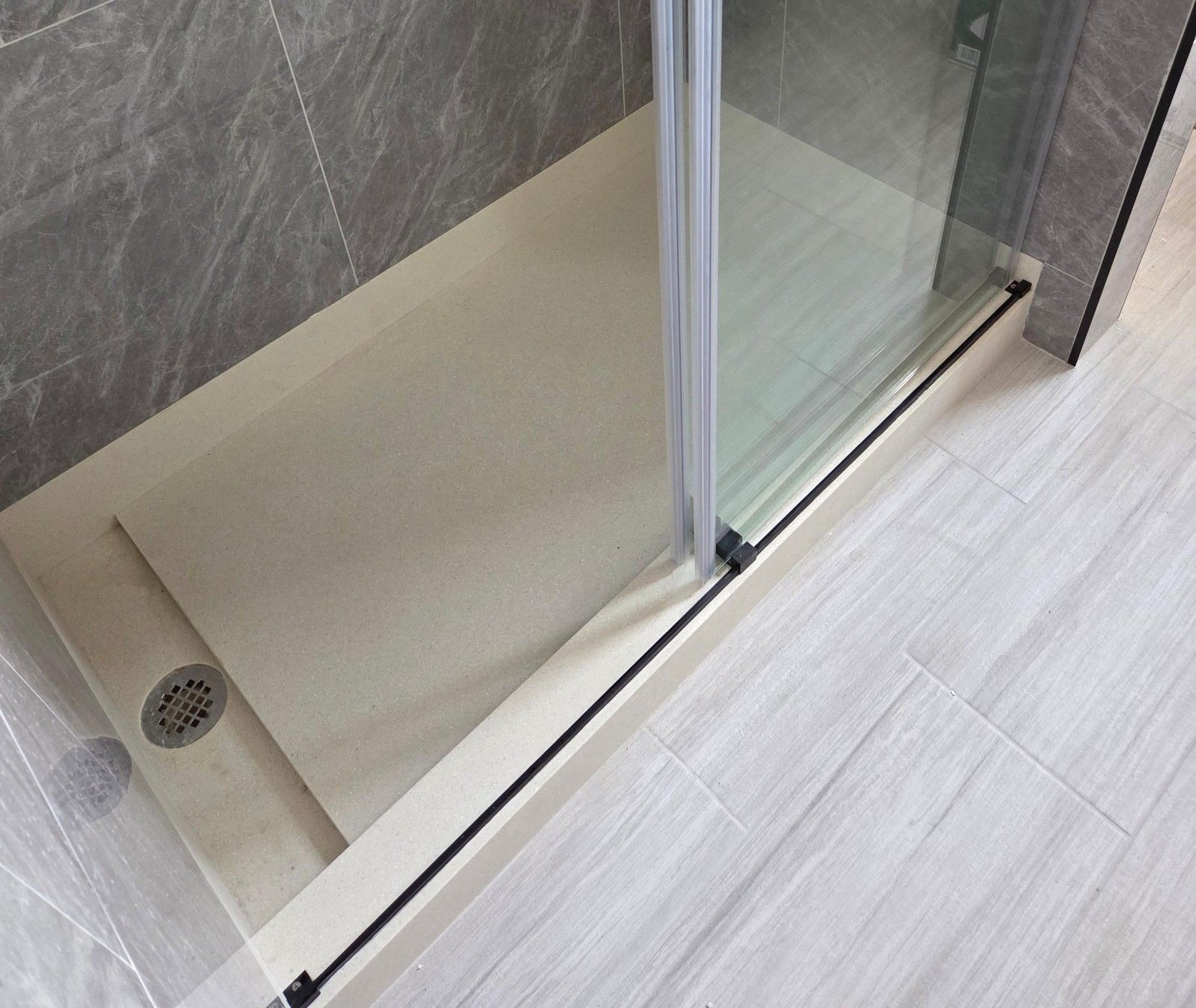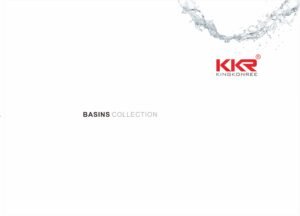You’re looking through swatches and samples, contemplating the dream kitchen or bathroom renovation you’ve always wanted. “Granite, marble, quartz, and wait, what’s this—solid surface?” you wonder. Is solid surface another type of natural stone? Should you consider it for your home project? Let’s delve into the captivating world of solid surface to answer all your burning questions.
No, solid surface is not a natural stone; it’s a artificial stone that typically includes: Acrylic resins, Natural mineral fillers and Pigments for color. It’s a composite material engineered for durability, versatility, and aesthetic appeal. Unlike natural stone, it offers a more uniform look and is easier to maintain.

If you’re intrigued by this surprising revelation, keep reading! We’re about to explore the nitty-gritty of solid surface and how it compares to natural stone.
What Exactly is Solid Surface?
Solid surface is a term you’ll often hear from designers, contractors, and solid surface manufacturers. But what does it really entail?
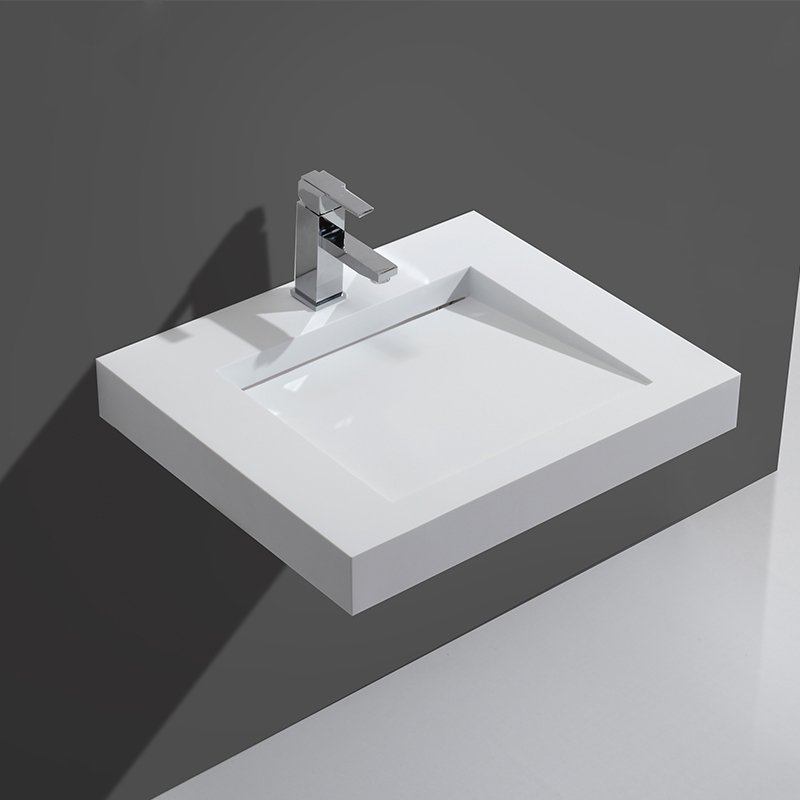

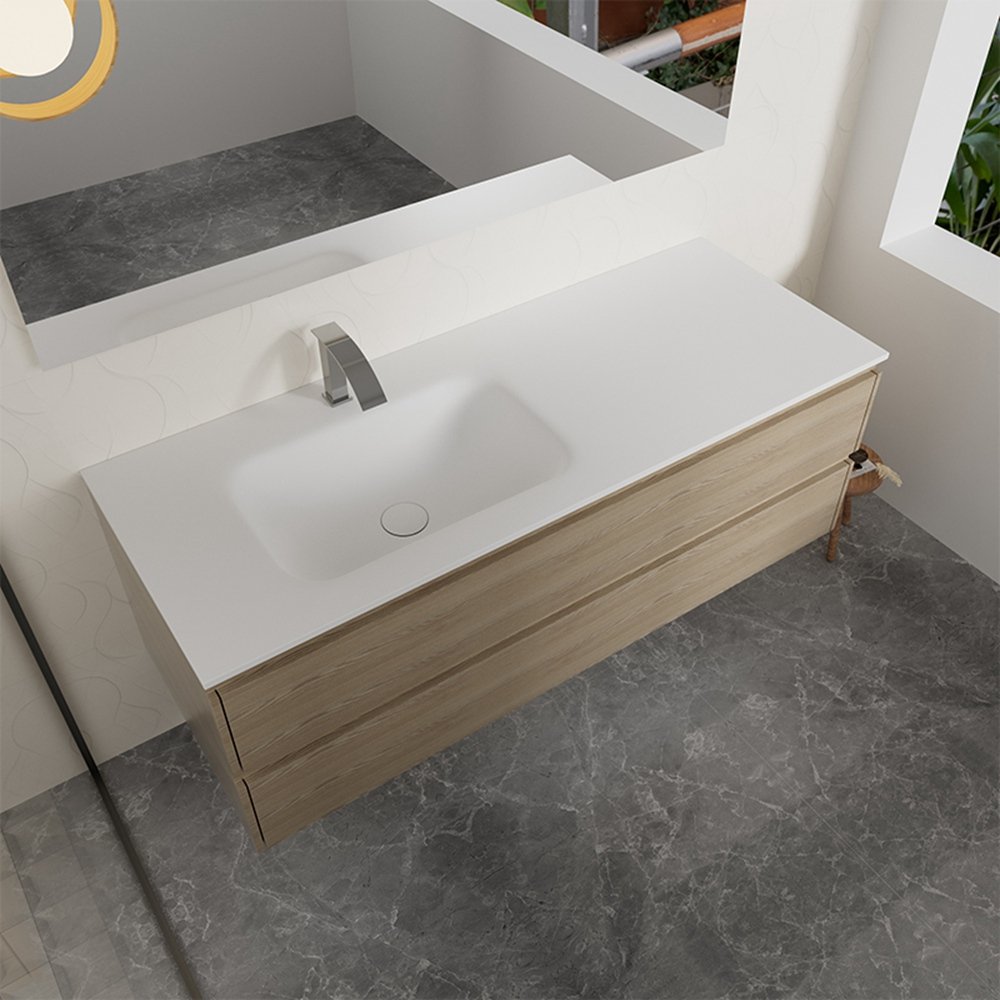


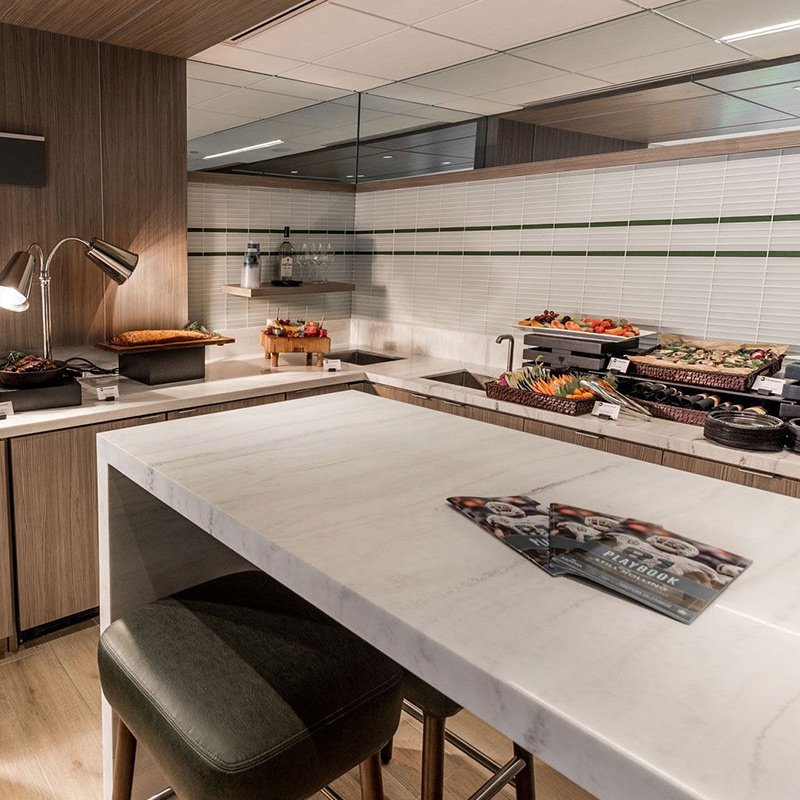
Composition
Solid surface is a composite material that typically includes:
- Acrylic resins
- Natural mineral fillers
- Pigments for color

Features
Some key features of solid surface include:
- Non-porosity: Less likely to harbor bacteria or stains.
- Seamless Construction: Easier to clean and looks unified.
- Design Flexibility: Comes in a variety of colors and patterns.
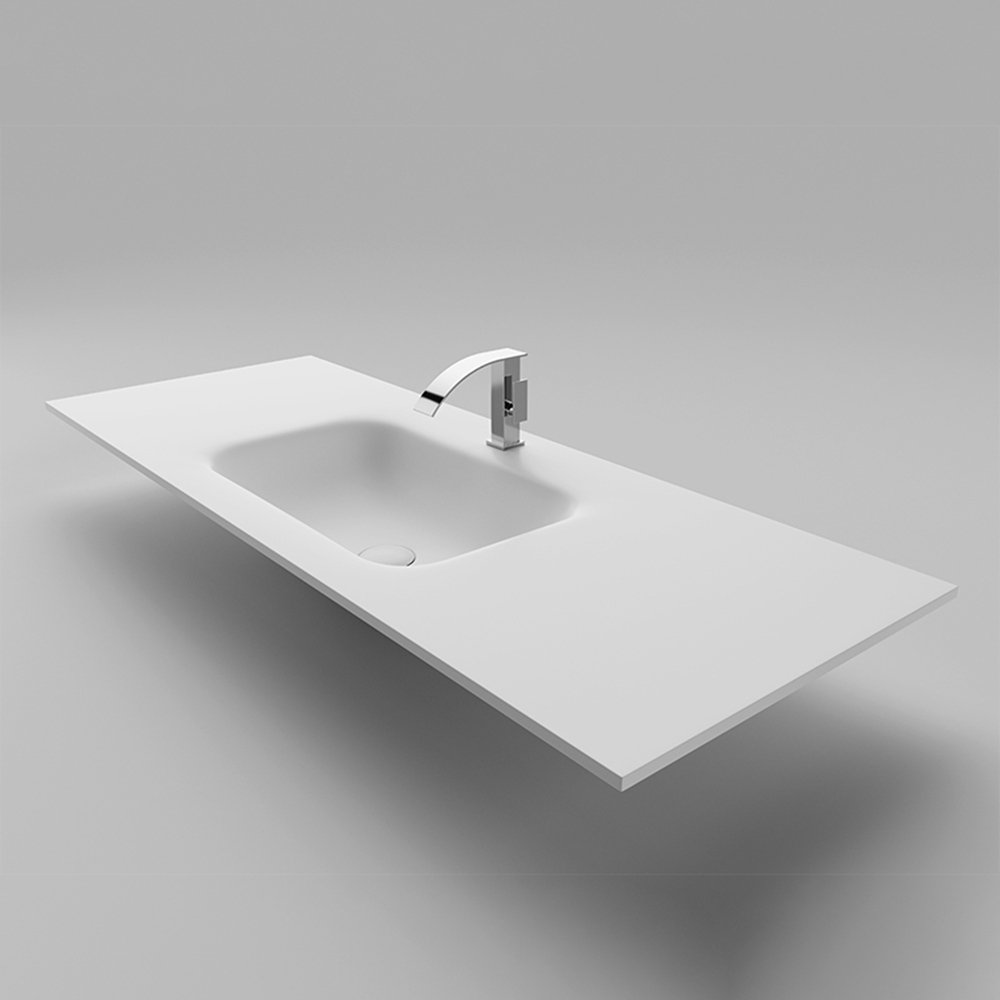


What About Colors?
Ah yes, one of the standout attributes of solid surface is its variety of color options. Whether you want your countertop to be a classic white, a daring black, or even a vibrant red, the sky’s the limit!

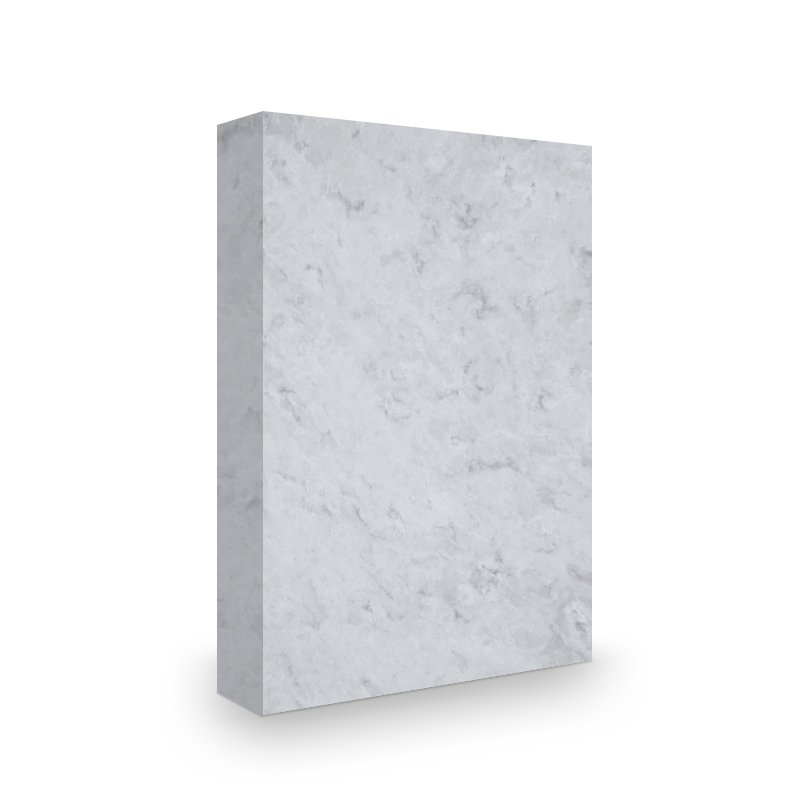

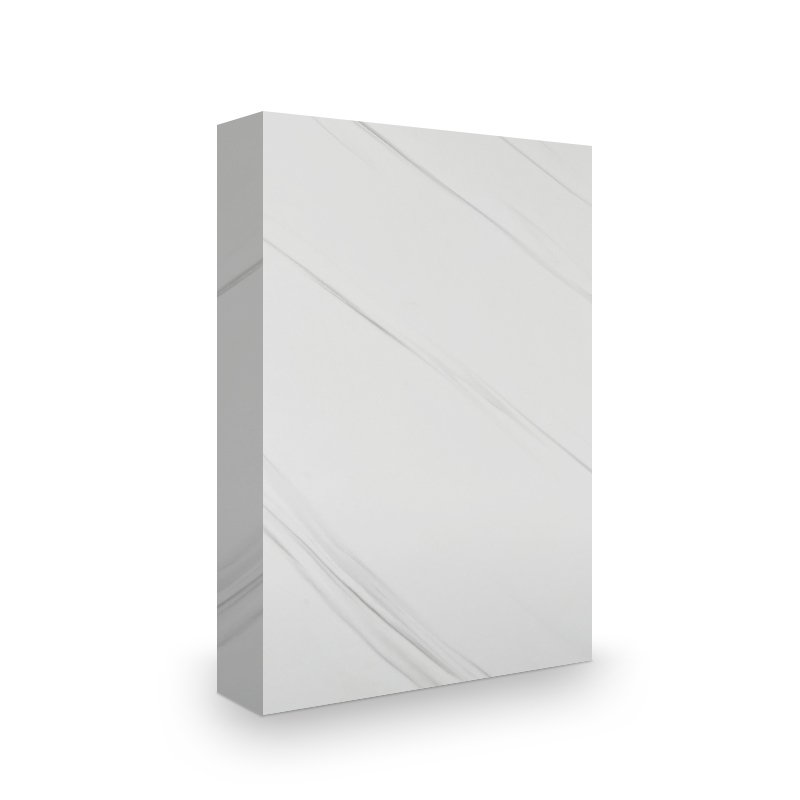
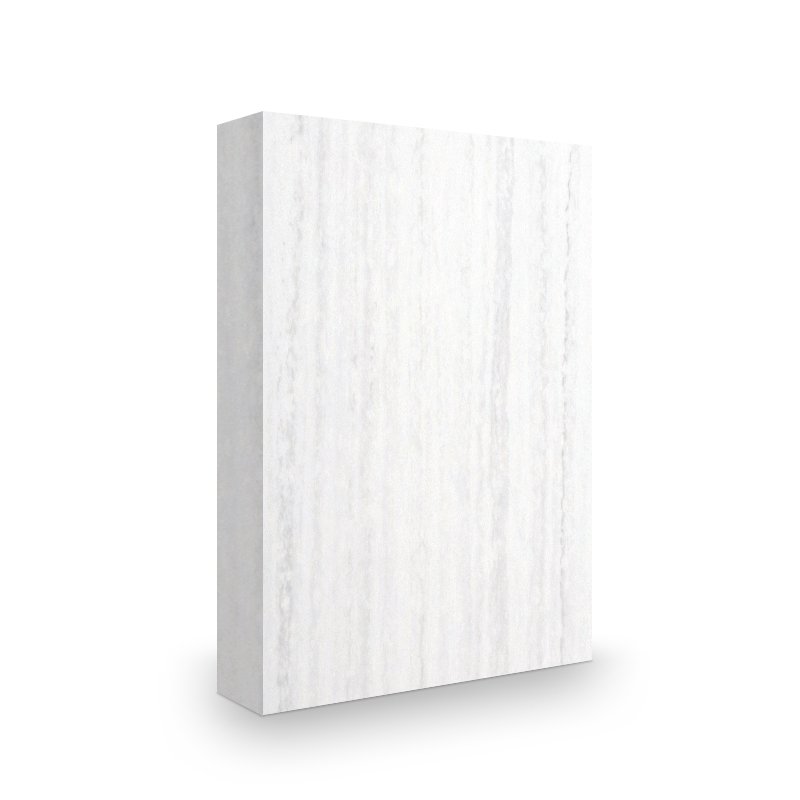







Is it Customizable?
Yes, one of the advantages of solid surface is that it’s customizable. This means you can achieve a consistent aesthetic without the natural imperfections that come with stone.
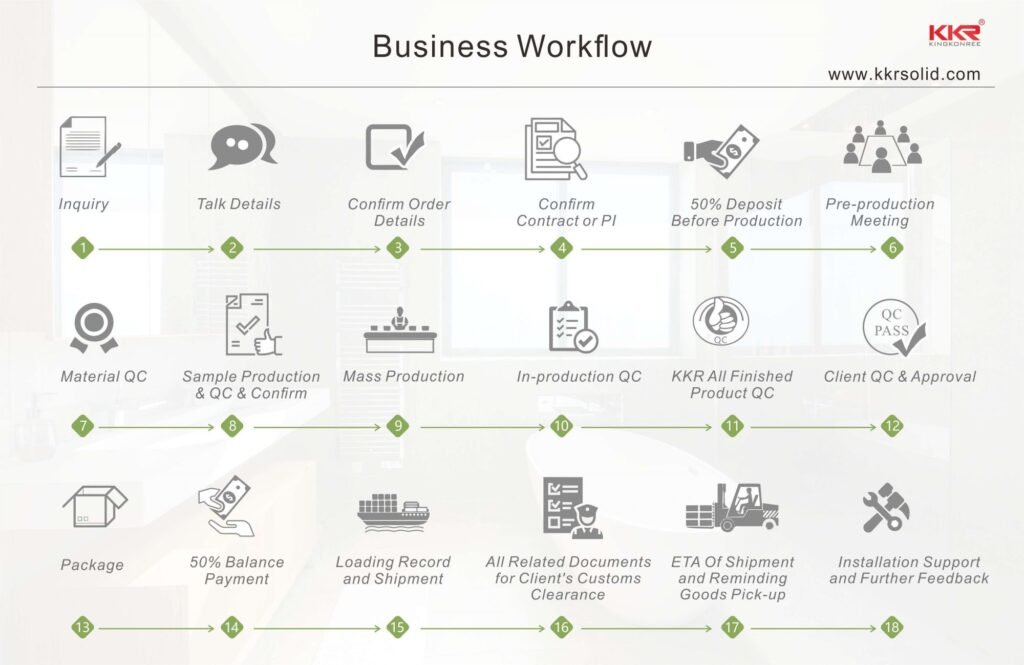
How Does Solid Surface Stack Up Against Natural Stone?
Perhaps you’ve been dreaming of a granite countertop since you were a kid or maybe you’ve recently fallen in love with the elegant swirls in marble. But now, you’ve heard of solid surface and you’re puzzled. How does it stack up against the natural allure of stone? Let’s break it down into detailed categories to draw a clearer picture.
Origin: Nature vs. Lab
- Natural Stone: It’s as nature-made as it gets. Whether it’s granite, marble, or quartzite, these materials are extracted directly from the earth. Each slab is unique, carrying the mysteries and charm of its geological history.
- Solid Surface: Created in a lab, this material is engineered by solid surface manufacturers to meet specific quality and durability standards.
📌 Example: Imagine the origin of natural stone like a fingerprint—each one is unique and can’t be replicated. Solid surface, on the other hand, is like a bar code—manufactured to be uniform and consistent.
Texture and Feel: The Touch Test
- Natural Stone: Often has a cooler, more textured feel. The surface might be smooth, but the mineral patterns offer a kind of tactile richness.
- Solid Surface: Generally feels softer and more even, thanks to its engineered uniformity.
📌 Example: If natural stone feels like the texture of an artisanal sourdough bread with varying crustiness, solid surface feels like a perfectly sliced piece of commercial white bread—consistent in every way.

Maintenance: How Much Work Are You Willing to Do?
- Natural Stone: Depending on the type, it may need to be sealed periodically. For instance, marble is porous and can stain easily.
- Solid Surface: Easier to maintain. It’s non-porous, which means it doesn’t require sealing and is resistant to staining.
📌 Example: Imagine spilling red wine on both types of surfaces. On a natural stone like marble, you’d be rushing for a cleaner, hoping the stain doesn’t set. On a solid surface, you’d still clean it up but with less panic, knowing it won’t absorb and stain.

Durability: Everyday Wear and Tear
- Natural Stone: Generally durable but can chip or crack. Once damaged, it’s challenging and costly to repair.
- Solid Surface: While not entirely immune to scratches and heat, it is generally more forgiving. Minor scratches can often be buffed out.
📌 Example: Think of it like clothes. Natural stone is like a fine silk shirt—beautiful but delicate. Solid surface is more like a durable cotton T-shirt—it may not be as luxurious, but it’s easier to care for.

Color and Pattern: The Aesthetic Element
- Natural Stone: Limited to what Mother Nature has to offer. The colors are often earthy and the patterns can be quite random.
- Solid Surface: Comes in a range of colors from subtle to bold, and can even mimic the appearance of natural materials like wood, stone, and more.
📌 Example: Imagine you’re trying to match your countertop to a specific shade of blue in your kitchen tiles. With solid surface, achieving that color match is a cinch. With natural stone, you’re confined to what’s available, which might not be the perfect match.
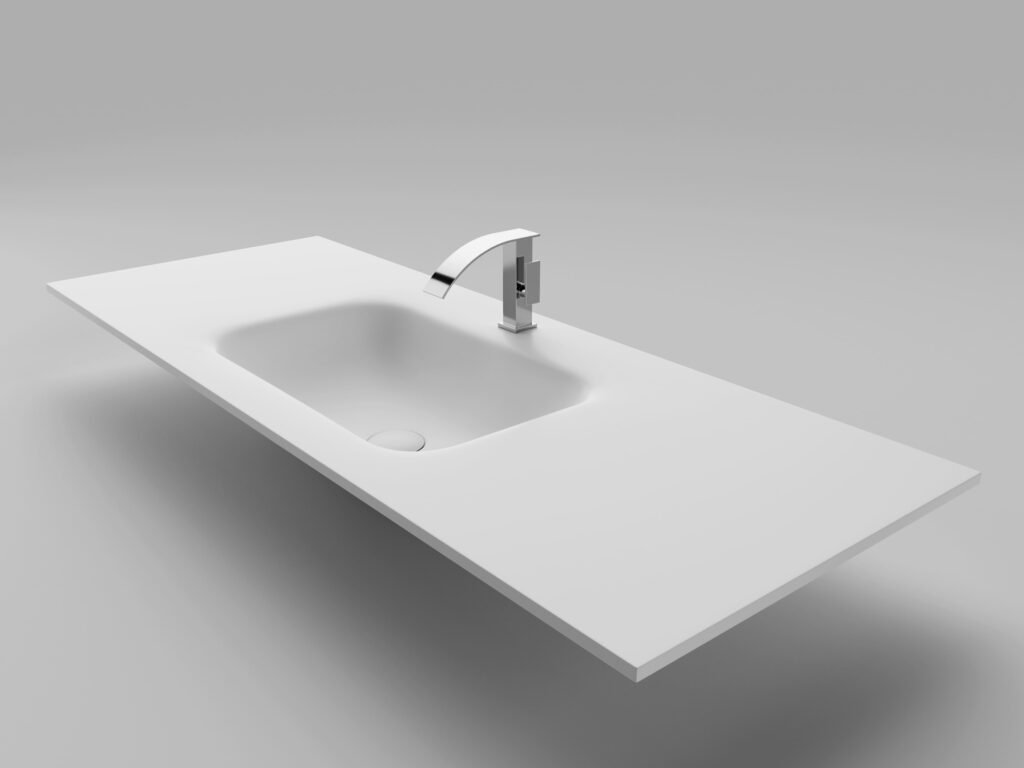
Cost: Budget Considerations
- Natural Stone: Generally more expensive, both in terms of the material itself and the cost of installation and maintenance.
- Solid Surface: Often more budget-friendly, with a simpler installation process and fewer long-term maintenance costs.
📌 Example: If natural stone is the luxury sports car of countertops, think of solid surface as the reliable family sedan. One is a significant investment with higher maintenance, while the other is practical and cost-effective.

Conclusion – KKR – A Leading Solid Surface Manufacturer
When it comes to combining durability, design flexibility, and cost-effectiveness, KKR, a leading solid surface manufacturer, offers an unmatched portfolio of high-quality solid surface options. With KKR, you’re not just investing in a material but also in a partnership that adds value to your project.
Are you a contractor, designer, or retailer looking for a reliable source of premium solid surface materials? Partner with KKR to take your projects to the next level of excellence. Contact us today for tailored B2B solutions and bulk pricing.
